"Agenore Fabbri (1911-1998), The Wave, Bronze, 1965."
Sculpture with brown patina. 1965. Signed A. FABBRI and numbered 155/450 on the base. Very good state. Dimensions: 60.5 x 13 cm H: 27 cm ------ " Italian sculptor and painter of the XXᵉ century. At the age of 12, he enrolled in the School of Arts and Crafts of Pistoia and then at the Academy of Fine Arts in Florence In 1930 he began to model and bake clay and five years later he went to live in Albisola (Savona), the small town in Liguria where his first role was as a model worker at the ceramic factory La Fiamma (the Flame) he continued his training and began working on the human and animal figure with a strong expressionist tendency, and he was one of the first to color terracotta.In Albissola, where in these same years work many members of the second futurism always under the direction of Filippo Tommaso Marinetti, he opens a small workshop and comes into contact first with Arturo Martini and then with Lucio Fontana, with whom he will have a friendship that will last a lifetime In 1935, he achieved discreet success at the Nazionale in Naples and, in the early 1940s, he began with his first solo exhibitions in Milan, Bergamo and Savona. From 1946 he settled permanently in Milan, although during the summer he continued to work in Albissola, which in the years after the war once again became an international place due to the regular frequentation of artists such as Marino Marini , Giacomo Manzù, Aligi Sassu, some members of the CoBrA group like Karel Appel, Guillaume Corneille and Asger Jorn, Roberto Matta Echaurren and Wilfredo Lam and then Giuseppe Capogrossi, Roberto Crippa, Emilio Scanavino, and the child prodigy Piero Manzoni. In 1947 he produced works in ceramics and terracotta such as Donna del Popolo (Woman of the people, a title imagined by Picasso), Uomo colpito (The slaughtered man) and La Madre (The Mother), in the Mazzotti ceramics factory, owned by the futurist artist and poet Tullio d'Albissola, with whom he organized his first meeting with Picasso in Vallauris. He presented his first personal exhibitions in the United States, New York and Philadelphia, and in Europe in London, Paris, Stockholm, Rome and Milan and he participated in several national and international group exhibitions of sculpture: the Venice Biennales of 1952 and 1960 and those of 1959 and 1964 and numerous editions of the Quadrennial in Rome and then Antwerp, Madrid, Paris, Zurich, Athens, The Hague, Munich, London, New York, Boston, Tokyo, São Paulo, Mexico City, Cairo and Alexandria in Egypt. In the 1980s his work was presented mainly in Germany with solo exhibitions at the Wilhelm Lehmbruck Museum in Duisburg, the Ludwig Museum in Cologne and the Sprengel Museum in Hanover. In 1965 he became a member of the Accademia of San Luca, of which he became president in 1998, the year of his death.
In his career he has won various awards, among others the International Sculpture Prize of Cannes 1955, the fifth edition of the Spoleto Prize 1957 and those of the Triennale of Milan in which he won the gold medal, the Grand Prize, and the Ceramic Grand Prize.
His work is decidedly expressionist with an influence of popular plastic material that appears in many works of his native Tuscany. After the Second World War, Fabbri’s work, also influenced by the recent past, was channeled into an exasperated dramatic expression. The sense of tragedy is not limited only to human beings but also to the animals represented in fights and fights with tragic effects that go beyond the somewhat explicit violence.
In the fifties and sixties bronze and wood became the materials of choice: the first presented a convulsive model marked by deep grooves in the figure.
Agenore Fabbri is also the author of many monumental works in Milan (Caccia al Cinghiale, 1964, in the gardens of the Sormani Palace (en), seat of the Central Library) Pistoia, Savona (monument to the Resistance in the Martyrs of Liberty Square) and the large bas-relief ceramics Battaglia (Battle), preserved at the Manlio Trucco Museum in Albisola and La favola di Orfeo (The History of Orpheus) in the Polo Tecnologico Libero Grassi in Quarrata (Tuscany).



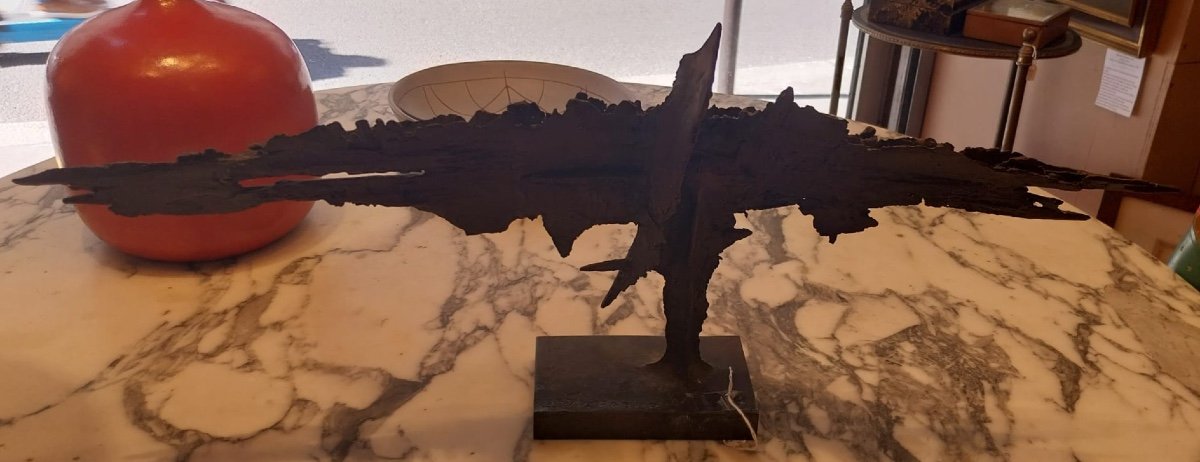





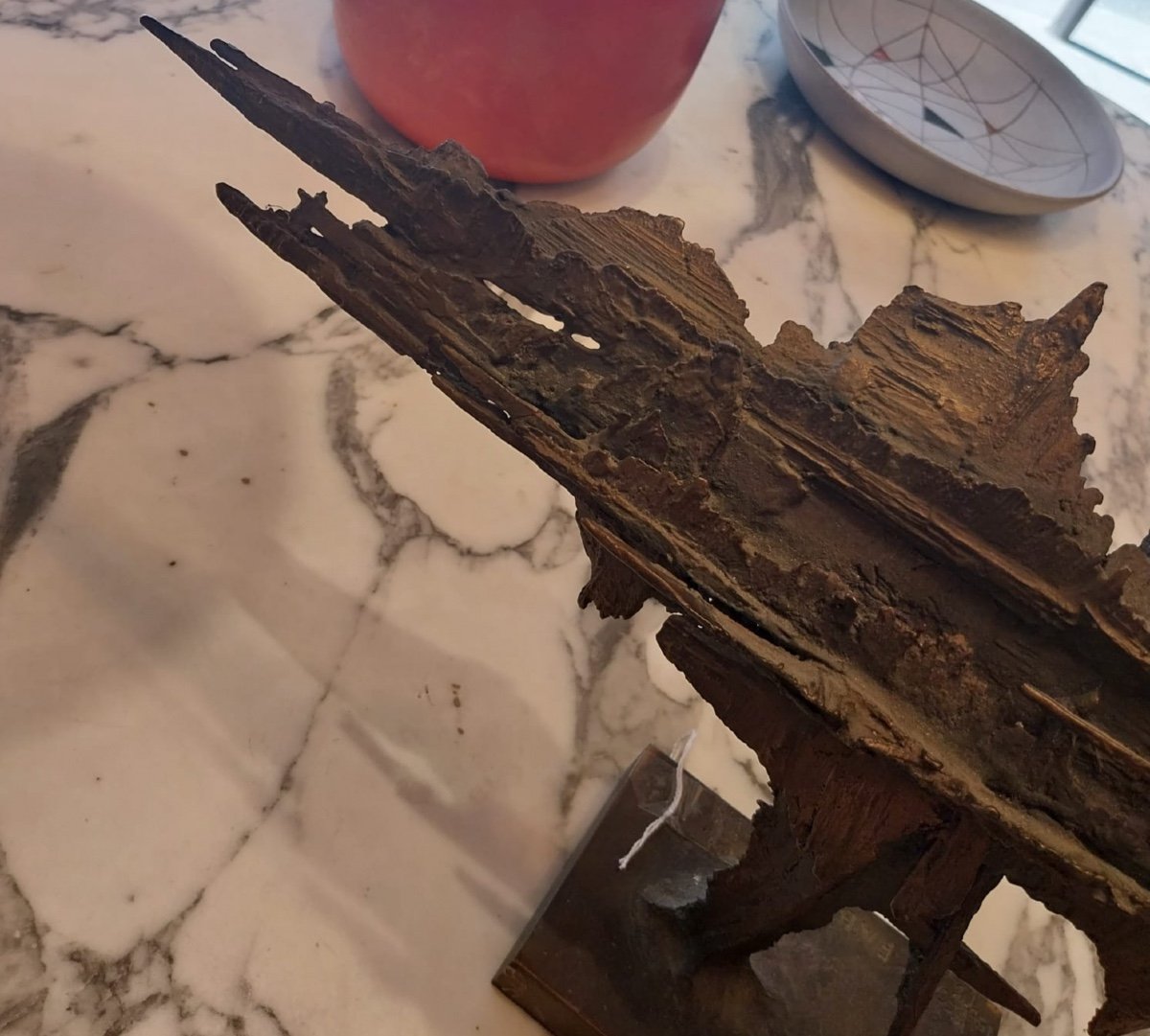
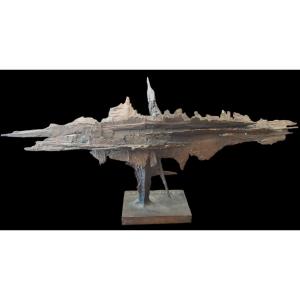








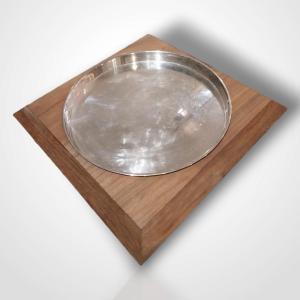

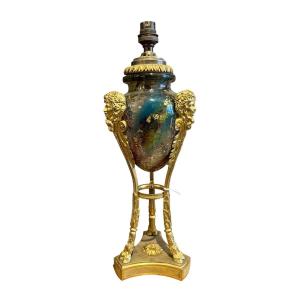
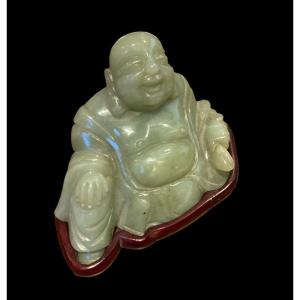
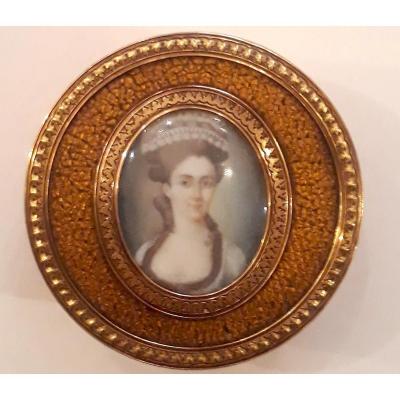
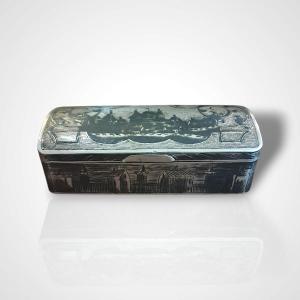






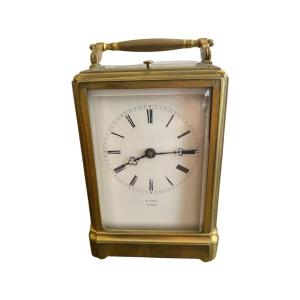





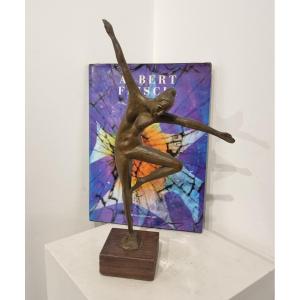
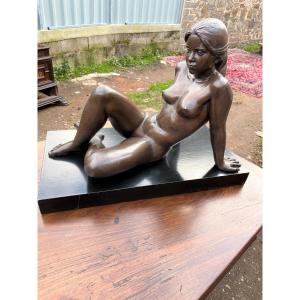



 Le Magazine de PROANTIC
Le Magazine de PROANTIC TRÉSORS Magazine
TRÉSORS Magazine Rivista Artiquariato
Rivista Artiquariato